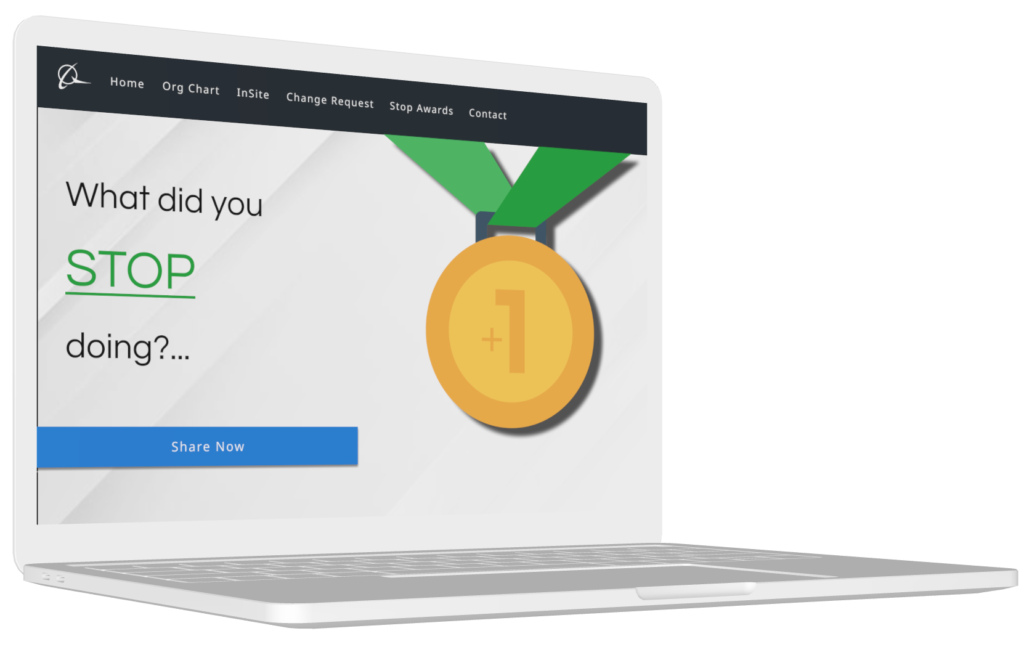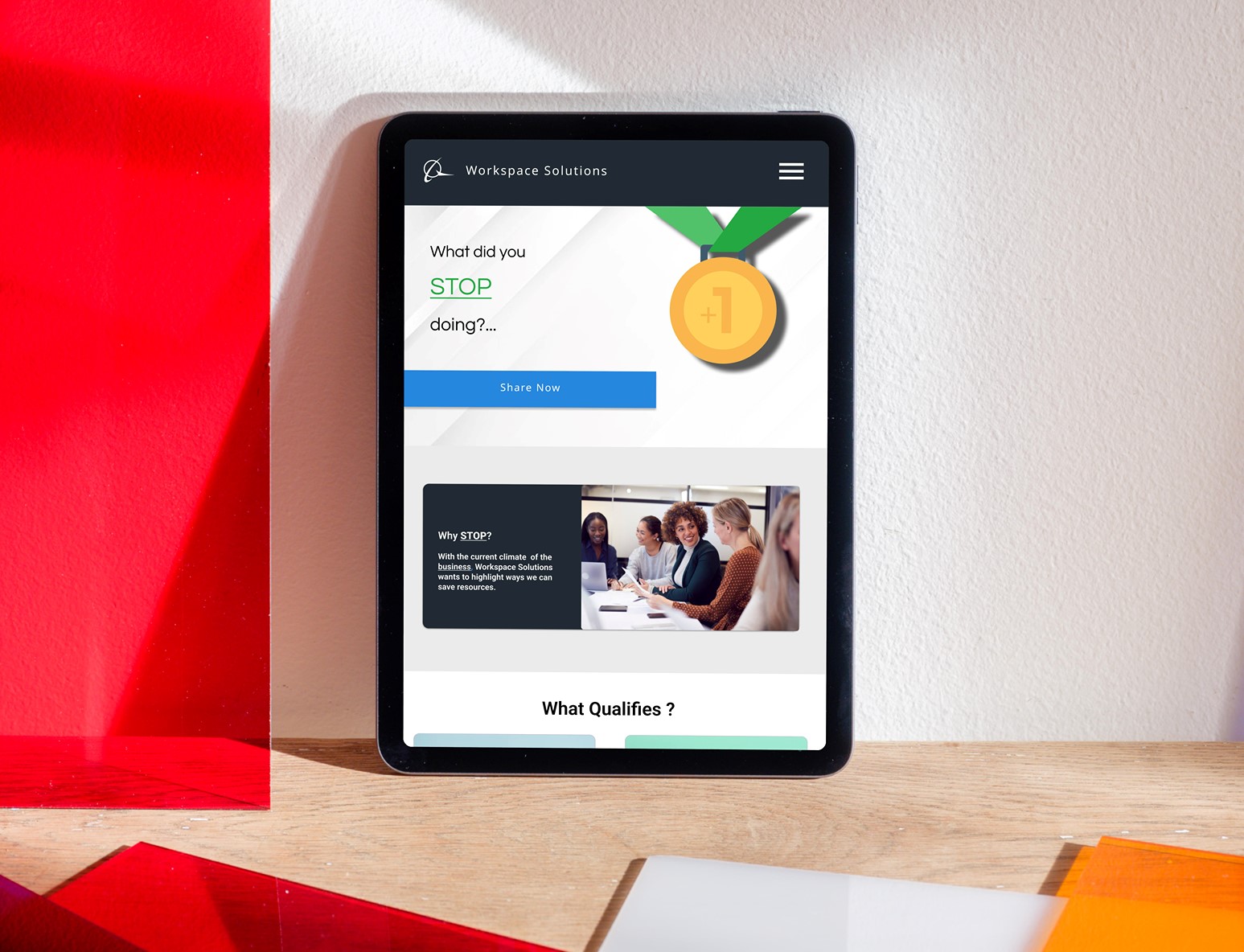My Role: Lead UX Designer and Design Thinking Coach
Client: Boeing Directors and Managers in Workplace Solutions
Users: Boeing Employees in Workplace Solutions
Client’s Goals: Improve morale, efficiency, and resource optimization while fostering a culture of innovation and user-centricity through design thinking.















